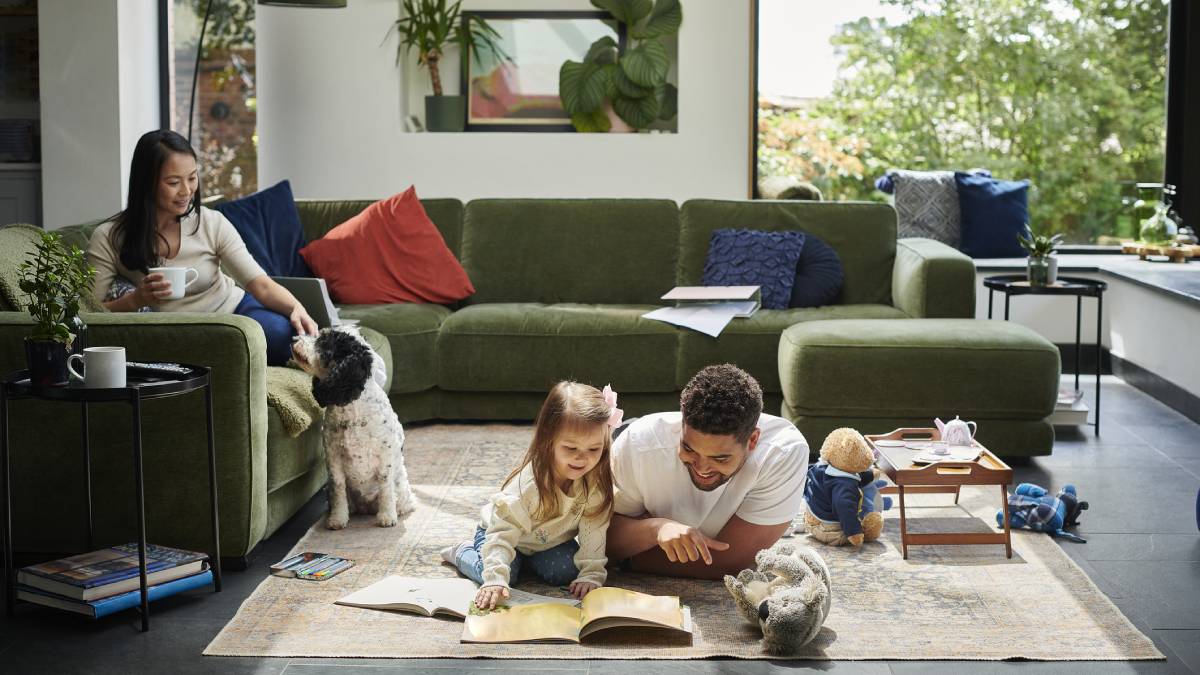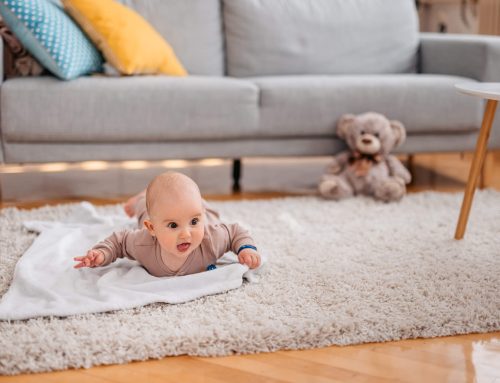
Learn the Warnings of a Carbon Monoxide Gas Leak?
Carbon monoxide (CO) is referred to as the “silent killer” for a reason. It’s invisible, odorless and difficult to detect without the right tools. If it collects in your home, it can quickly become a danger for you and your family. So, how do you protect yourself against something you can’t really notice naturally?
The key is to have carbon monoxide detectors. These safety devices are your initial line of defense, notifying you of the presence of CO gas before the situation becomes life-threatening. But other than a detector going off, how can you tell if there’s a carbon monoxide leak in your home? These are 10 signs to watch out for.
Weaker or No Draft in the Chimney
Staying on the topic of chimneys, a properly working one needs the strong airflow to fully ventilate smoke and other fumes. If you detect reduced ventilation or even no draft at all, the chimney could be blocked, forcing carbon monoxide right back indoors.
Solid Fuel Fires Burn More Slowly
When your wood-burning stove begins burning slower than usual or has trouble maintaining a flame, it could be dealing with a problem with airflow, raising the risk of CO buildup.
Condensation on Windows Closest to Appliances
If you see lots of condensation on your windows, particularly near a fuel-burning appliance like a gas fireplace, this could indicate that there’s an issue with ventilation. While condensation alone isn’t always CO-related, this clue deserves a closer look.
Yellow or Weak Flames
Most gas-burning appliances should have a clear blue flame. Whenever the flame is weaker and yellow (and you don’t have a decorative gas fireplace), it can mean the gas is burning inefficiently and might be producing carbon monoxide.
Brown, Sooty Stains
Similarly, combustion-based appliances should have clean, clear exhaust. If you notice brownish-yellow or dark stains around a heating system, fireplace or boiler, combustion isn’t happening as it should. This can signal a carbon monoxide risk.
Soot in or Around a Gas Fireplace
Your fireplace should vent smoke and other gases through the chimney. Seeing soot buildup around your fireplace is cause for concern, especially if there’s excessive amounts. A blocked chimney vent could be the reason carbon monoxide is leaking back indoors.
Exhaust Fumes Are Inside
If you start to notice exhaust inside the house, you are in danger of carbon monoxide leaks. Fuel-burning appliances like cars, charcoal grills and generators should always be used safely outside the home to prevent an accumulation of exhaust fumes indoors.
Prevent CO Poisoning and Gas Leaks with These Safety Tips
Taking all the proper precautions is key, especially regarding carbon monoxide. First, ensure you’ve installed carbon monoxide detectors in appropriate places. Building codes require them in hallways near all bedrooms, on each floor of your home and in rooms with appliances like a gas stove or water heater.
For extra safety, it’s smart to set up interconnected detectors so that if one detects CO, all of them will raise the alarm. Perform monthly testing and change them when required, about every five to seven years.
Besides using carbon monoxide detectors, don’t forget these other tips:
- Schedule a certified technician to regularly inspect your heating system, fireplace and any other fuel-burning appliances.
- Avoid using grills, portable generators or similar equipment inside, especially in small spaces.
- Run the kitchen exhaust fan whenever you’re cooking with a gas-fired oven or stove, and avoid using these appliances to try and heat your home.
Signs You May Have CO Poisoning
If you don’t catch the first red flags of a carbon monoxide leak in time, the next warning might come from your body. Symptoms of CO poisoning include:
- Flu-like symptoms
- Headaches
- Dizziness
- Nausea or vomiting
- Shortness of breath
- Confusion
- And fatigue
If you or anyone in your home experiences these symptoms, especially together with any of the above signs, get fresh air immediately and call 911.
McLoughlin Plumbing Heating & Cooling Can Help Protect Your Home and Family
At McLoughlin Plumbing Heating & Cooling we recognize the health and safety risks of carbon monoxide poisoning. That’s why our team provides fast, long-lasting solutions for your heating and ventilation needs. Our goal is to keep your home cozy, cost-efficient, and most importantly, safe and secure. Please contact us today to make sure you’re following the necessary measures against carbon monoxide leaks.

